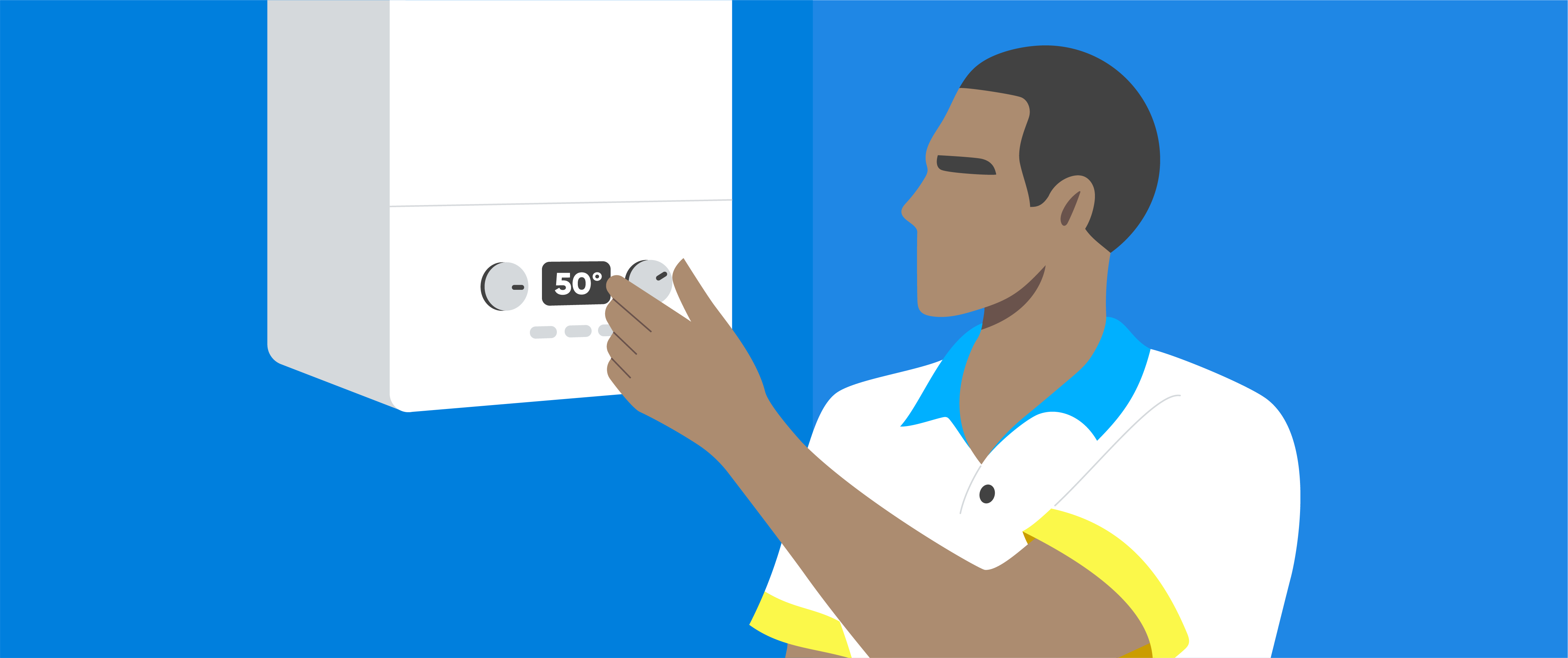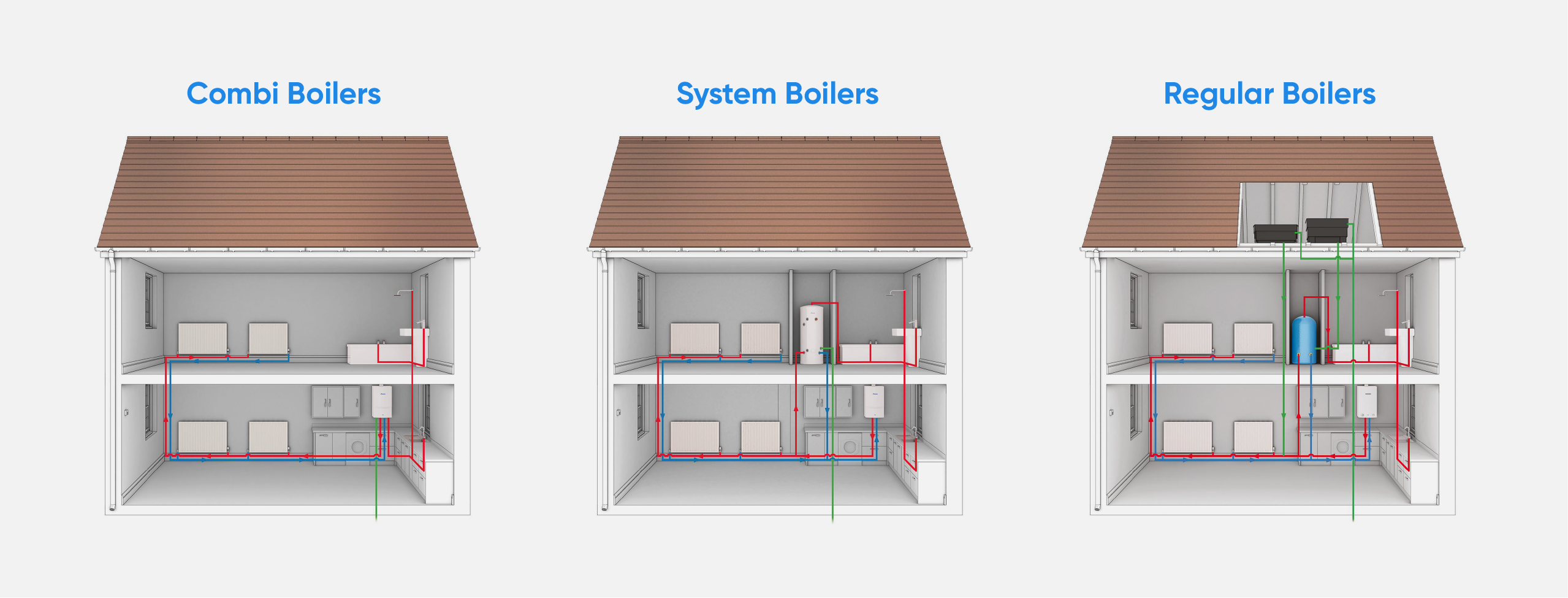
31 Mar 2022
Since January 2020 our Energy High 5 has reached an estimated four million homes across Great Britain, helping households to save through free and simple changes to the way energy is used at home. We’ve identified a potentially large saving for nearly every household in the UK, which is associated with the temperature of the water that comes out of our hot water taps.
Turn down tap water temperature to save
The water that comes out of our hot water taps needs to be no hotter than 50 degrees Celsius. Our hands can only really withstand a water temperature of 44 degrees Celsius, so this is still plenty hot enough!
And for every degree Celsius hotter we are wasting £4 every year. For example, turning down from 70 degrees Celsius to 50 could save you as much as £79 a year.
Check your tap temperature now to start saving!
How to check your tap (or hot water flow) temperature
Establish which type of boiler you have by reading your operating manual or by searching for your boiler make and model online (you should find the make and model on your boiler).
Combi Boiler: A combi (or combination boiler) is the most common type of boiler and takes up the least amount of space. As shown below, the boiler supplies hot water directly to your taps without the need for a storage tank.
System Boiler: Similar to Combi boilers, System boilers take water directly from the mains, however they store the heated water in a tank.
Regular Boiler: Regular (or Conventional) boilers use two water tanks – a hot water cylinder and cold-water tank. As shown below, these can take up more space than Combi or System boilers, as they store the hot water rather than supplying on demand.

How to check your tap water temperature based on each boiler type:
Combi boiler (this includes a condensing combi boiler) *
If your combi boiler has an ‘eco mode’ make sure it is set to this. You do not need to make any further changes, as this will ensure you’re not over-heating your water.
If your boiler does not have an ‘eco mode’, you should see two dials that each do two different jobs. One controls the temperature of the central heating - this is the water temperature for your radiators. The other is the temperature of the water that comes out of your hot water tap. Adjust this dial to ensure your temperature is set to 50 degrees Celsius.
To check it’s at 50 degrees Celsius, you may have a digital display, or you can test it with a simple baby bath thermometer as it comes out of the tap. Run it for a minute to ensure the temperature has been reached, before checking. Be careful when the water is hot.
System boiler*
If you have a system boiler you may still be able to turn down the hot water temperature, but every system boiler’s control panel will vary. Check your operator’s manual for further information. As this system includes a water tank, check the minimum heat requirements on the Health and Safety Executive website.
Regular boiler*
As above, you may still be able to turn down the hot water temperature, but every boiler’s control panel will vary. Check your operator’s manual for further information. As this system includes a water tank, check the minimum heat requirements on the Health and Safety Executive website.
Want more help with your settings?
Head over to the Utilita Community and our resident boiler experts, Darren Stubbs and our Eco Team, will assist with any questions you have. It might also be worth taking some photos to help explain what support you require.
IMPORTANT INFORMATION
*We strongly recommend that you consult your boiler’s operating manual before making any changes to your boiler. Boilers can be very dangerous if they are not properly maintained. You should always contact a qualified Gas Safe engineer if you are not confident in making changes, or if you have any concerns with your boiler.
The information provided in this blog is intended for general information purposes only. It is not to be construed as legal or professional advice. All information is provided in good faith; however, we make no representation or warranty of any kind, express or implied, regarding the accuracy, adequacy, validity, reliability availability, or completeness of any information provided in this blog.